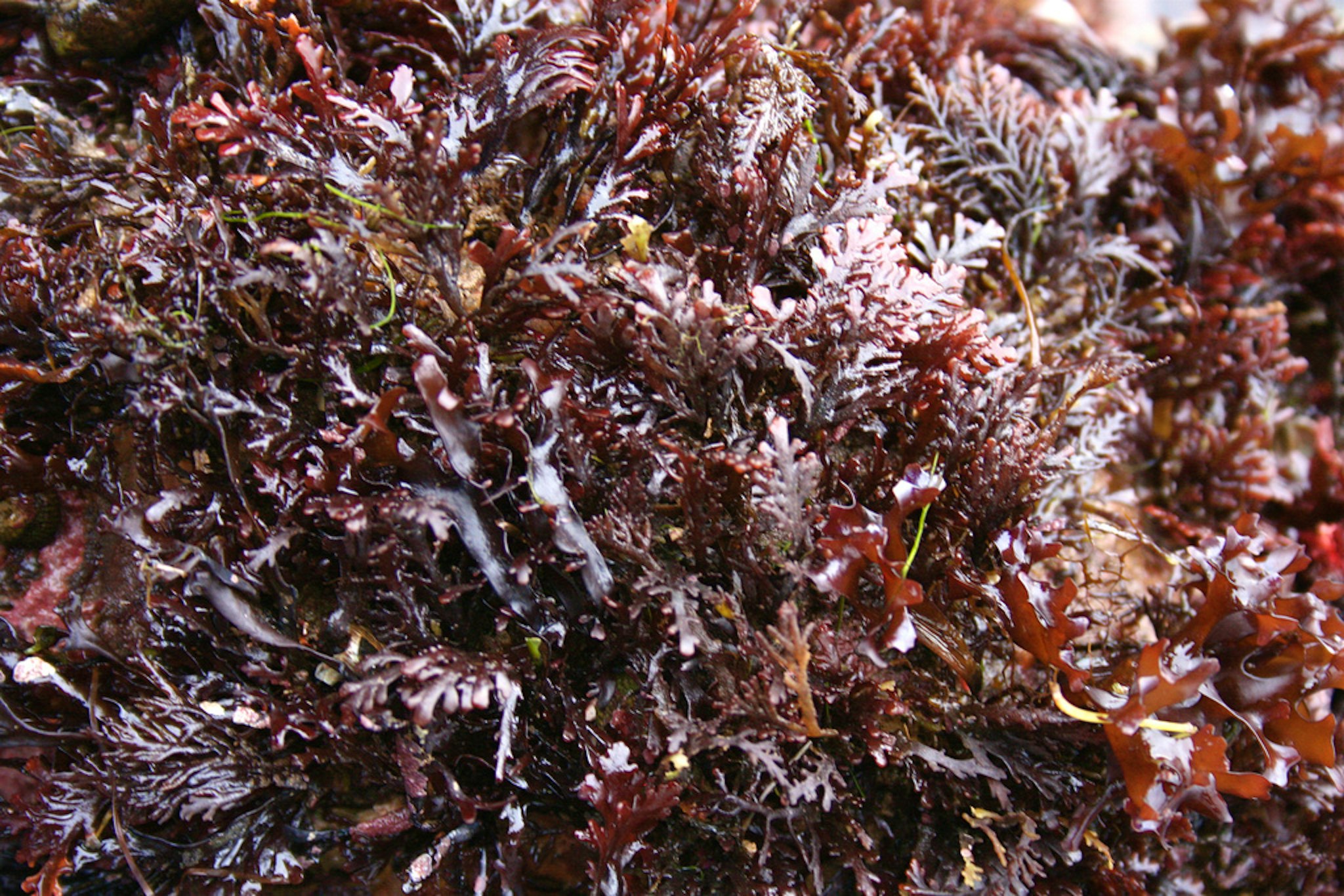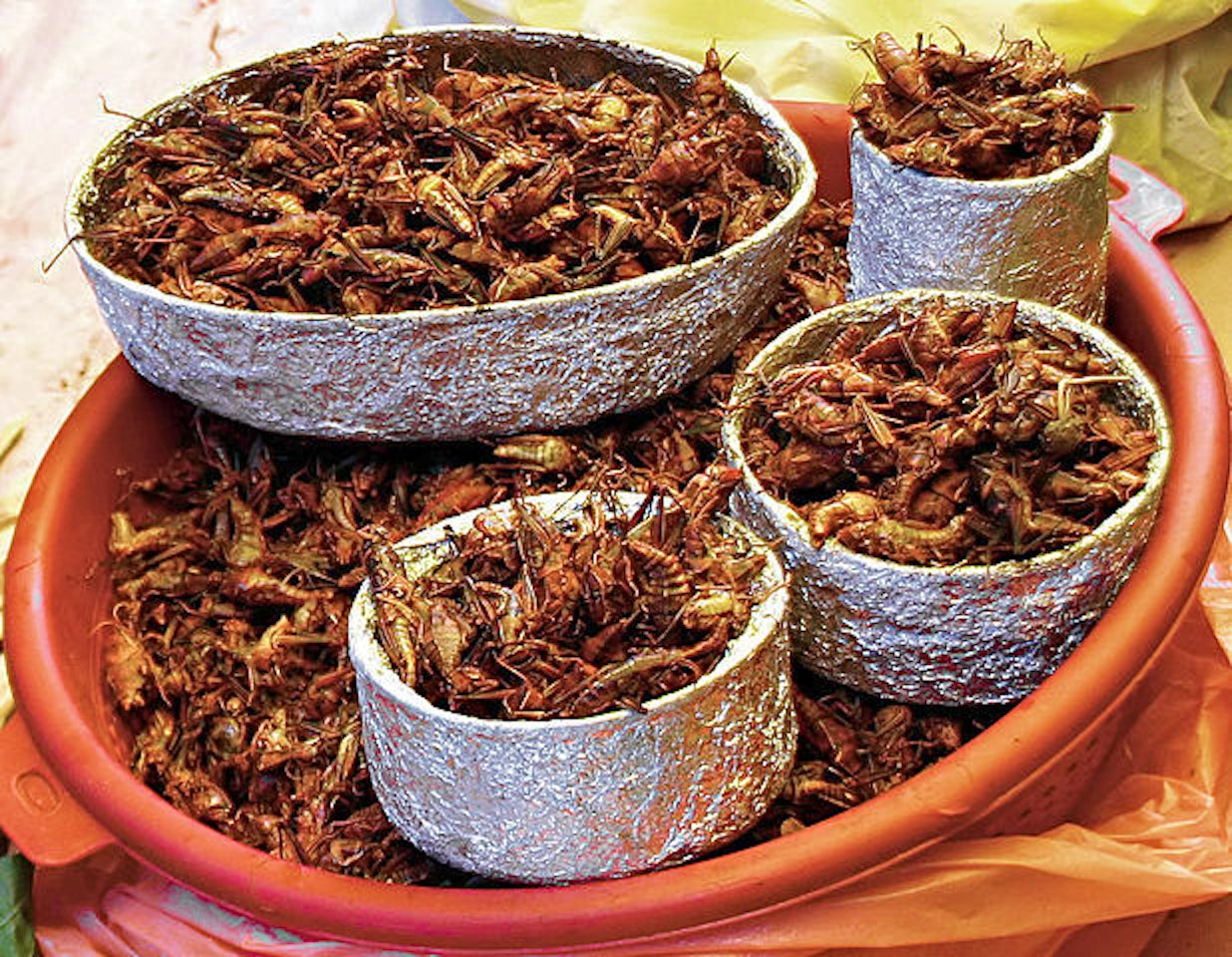The moringa tree effectively became the “It Girl” of plants on Monday when it was bestowed its very own New Yorker profile.
This is not of small consequence: We are living in the era of the superfood, where the hunt for what will make us healthier, hotter, and happier can turn a leaf cabbage like kale into kale: a “hipster fad food” super veggie.
Moringa, a tree with 13 known species that thrives in hot and dry conditions, is now straddling two very different futures: a lifesaver that can bring essential nutrients like protein, iron, and calcium to some of the poorest parts of the world or the superfood next in line to be in a celebrity’s smoothie. The current effort to make Moringa “the new kale” by health food companies is a disappointment to evolutionary biologist Mark Olson, who told The New Yorker that, “Trumpeting dried Moringa as the cure du jour for people in the rich West misses the real potential of this plant.”
But what makes Moringa so tantalizing to both food researchers and food marketers hinges on the same simple premise: It is incredibly healthy. And while Olson says “nothing else in the plant kingdom really compares,” it is luckily not alone in its über-healthiness. If Moringa doesn’t nab the coveted title of this year’s superfood, then it’s likely that one of these five contenders will:
Dulse

The feathery looking kelp is pepper dulse.
Ancient Grains

A 14th century representation of grain harvesting.
Just the phrase “ancient grains” seems ready-made for a menu in Williamsburg (“Yes, this IPA was only brewed using ancient grains!”). They are also about to have a moment thanks to the effort of two German plant biologists, who are trying to make these grains a thing. This effort is fueled by a desire to help: Nearly extinct varieties of wheat, like Einkorn and Emmer, are less processed like the white wheat flour that is prevalent today. Highly processed wheat is hard on your stomach — and bad for the ecosystem — a focus on only growing three species of the wheat family had led to a large loss of biodiversity. Emmer and Einkorn can also grow in poorer soil and harsher conditions than common wheat, which means that in a climatically altered future, we may have little option other than to embrace ancient grains as a staple.
Purple Bread

Purple bread is healthier bread.
Unlike the other superfoods on this list, purple bread is an invented food instead of a harvested one. In February 2016, a team of scientists from the National University of Singapore successfully developed a purple bread recipe by adding a natural plant pigment — anthocyanin — to a wheat-based bread. Anthocyanin, which can be extracted from black rice, causes the glycemic index on the bread to lower, making it slower to digest — making it a preferred bread option for people suffering from diabetes. Previous studies also have demonstrated that anthocyanin fortified bread has the benefit of becoming enriched with antioxidant properties, which researchers believe help prevent cardiovascular and neurological diseases. And it certainly doesn’t hurt that purple bread is, well, purple.
Crickets

A basket of chapulines aka roasted crickets.
Crickets will become a bougie superfood once they’re rebranded as chapulines, which is what roasted grasshoppers (the long-antennae cousins of the cricket) are called in Mexico. A meal that has the distinction of being endorsed by both the United Nations and Nas, crickets are an excellent alternative source of protein and much more environmentally friendly than a field of greenhouse gas-inducing cows. With popular chefs like Diego Galacia already serving them up as delicacies on the menu, crickets are anything but a quiet presence on futuristic food menus.
Black Raspberries

The black raspberry more formally known as Rubus occidentalis.
https://www.inverse.com/article

No comments:
Post a Comment